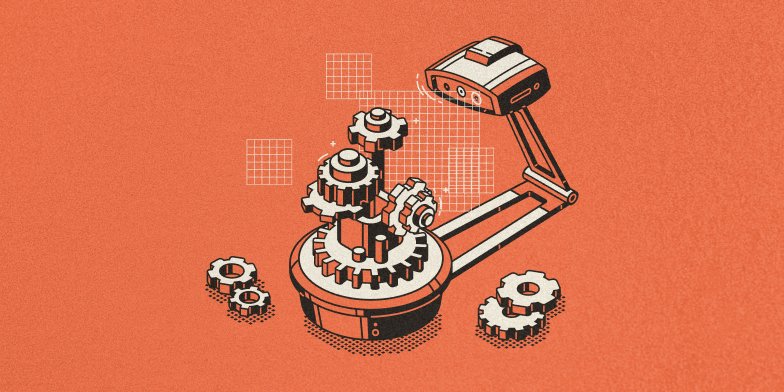Introduction:
Legacy systems are the backbone of many organizations, serving critical functions that have evolved over years or even decades. While these systems may have been reliable in their time, they often become cumbersome and inefficient as technology advances. Reverse engineering offers a pathway to modernize and optimize these systems, enabling businesses to stay competitive in today’s fast-paced digital landscape.
Understanding Legacy Systems:
Legacy systems typically refer to older software or hardware that is still in use within an organization. These systems may be running on outdated technology, lack documentation, or have dependencies on obsolete components. Despite their limitations, legacy systems often support essential business processes, making them challenging to replace entirely.
Challenges of Legacy Systems:
Legacy systems pose several challenges for organizations, including:
- Lack of Documentation: Over time, documentation for legacy systems may become outdated or lost, making it difficult for developers to understand how the system works.
- Obsolete Technology: Legacy systems are often built on outdated technology stacks, making them incompatible with modern tools and platforms.
- Dependency on Legacy Code: Legacy systems may rely on custom-built or proprietary code that is no longer supported by current development environments.
- High Maintenance Costs: Maintaining and supporting legacy systems can be costly and time-consuming, especially as the pool of skilled developers familiar with older technologies shrinks.
Strategies for Reverse Engineering:
Reverse engineering involves dissecting and analyzing a legacy system to understand its functionality and structure. Here are some strategies for reverse engineering legacy systems:
- Documentation Review: Start by gathering any existing documentation for the legacy system. This may include design documents, architecture diagrams, or user manuals. Reviewing this documentation can provide insights into the system’s intended functionality and help identify areas for improvement.
- Code Analysis: Analyze the source code of the legacy system to understand how it is structured and how different components interact with each other. Tools such as static code analyzers and decompilers can assist in this process by automatically generating diagrams and highlighting potential issues.
- Dependency Mapping: Identify dependencies between different modules or components within the legacy system. This can help prioritize areas for modernization and identify potential risks associated with making changes to the system.
- Refactoring and Modularization: Break down the legacy system into smaller, more manageable modules that can be modernized independently. Refactoring legacy code to adhere to modern coding standards and best practices can improve maintainability and extensibility.
- Integration with Modern Technologies: Integrate modern technologies and platforms with the legacy system to enhance its functionality and performance. This may involve replacing outdated components with newer alternatives or exposing legacy functionality through APIs for use by other systems.
- Automated Testing: Implement automated testing frameworks to ensure that changes made during the reverse engineering process do not introduce regressions or bugs into the system. Automated tests can help validate the behavior of the legacy system and provide confidence when making modifications.
Conclusion:
Reverse engineering legacy systems is a complex but necessary process for organizations looking to modernize and optimize their technology infrastructure. By employing strategies such as documentation review, code analysis, and modularization, businesses can breathe new life into their legacy systems and position themselves for success in the digital age.








